Allison Chang, Region 8 Director
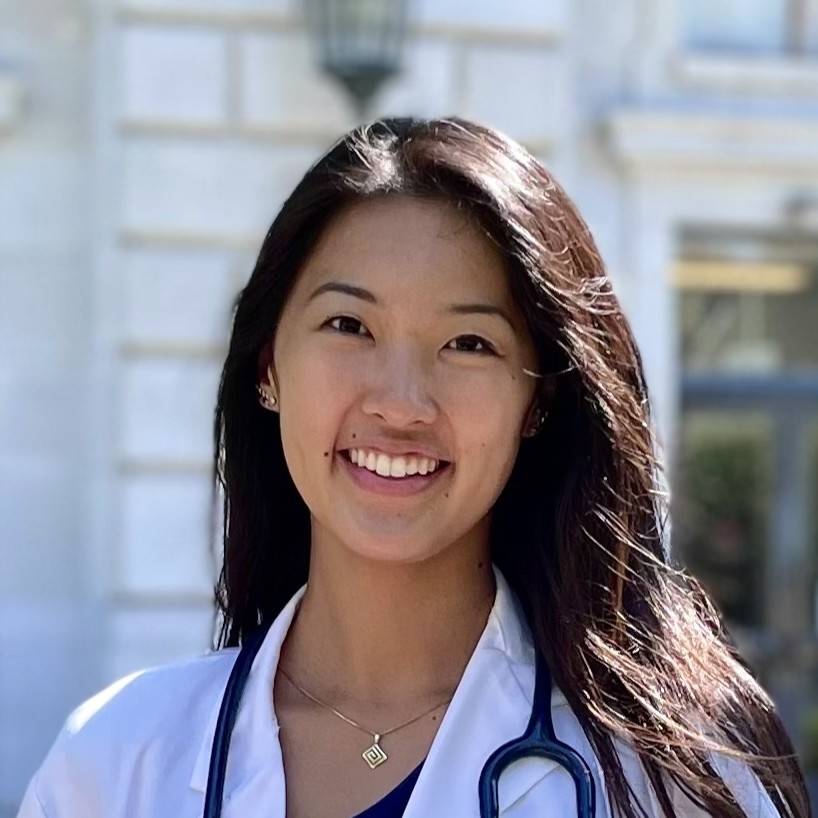
Network Director
Hi! My name is Allison Chang, and I am a third year medical student at the University of California, San Francisco School of Medicine. I was born and raised in the Bay Area, and received my undergraduate degree in Neuroscience and History of Art and Architecture from Harvard University. Previously, I served as the Co-Chair of our local APAMSA chapter at UCSF. My medical interests are in trauma surgery, surgical oncology, global surgery, and medical education.
Julia Liu, Region 8 Director
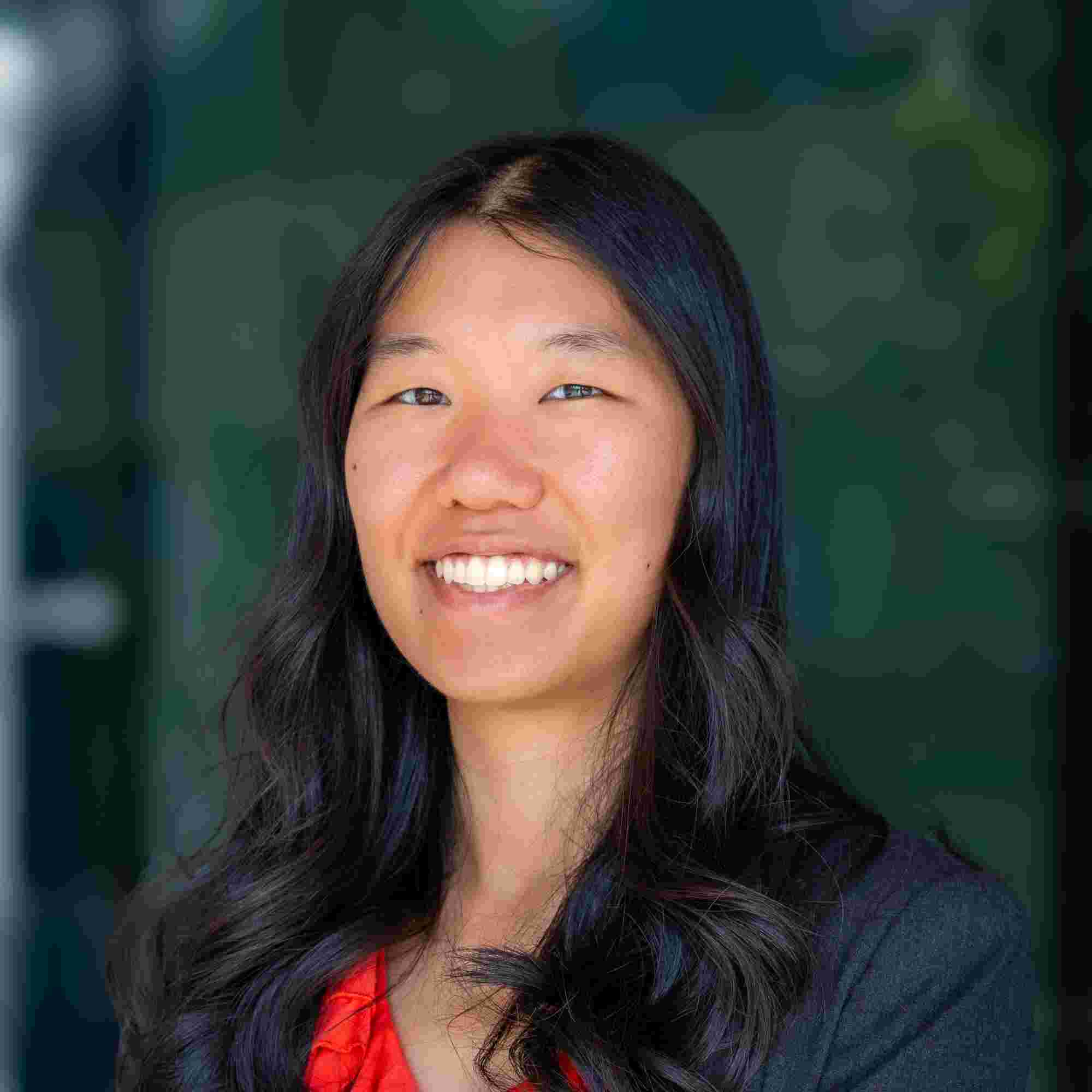
Network Director
Hello, my name is Julia Liu and I am a 3rd year MD student at Oregon Health & Science University. I grew up in northern California and graduated from the University of Oregon with a B.S. in Sociology. I am interested in advocacy, social determinants of health, and developing community health outreach. In my free time I like to lift weights, crochet, hike, and discover new neighborhoods.
Naomi Tsai, Region 8 Director
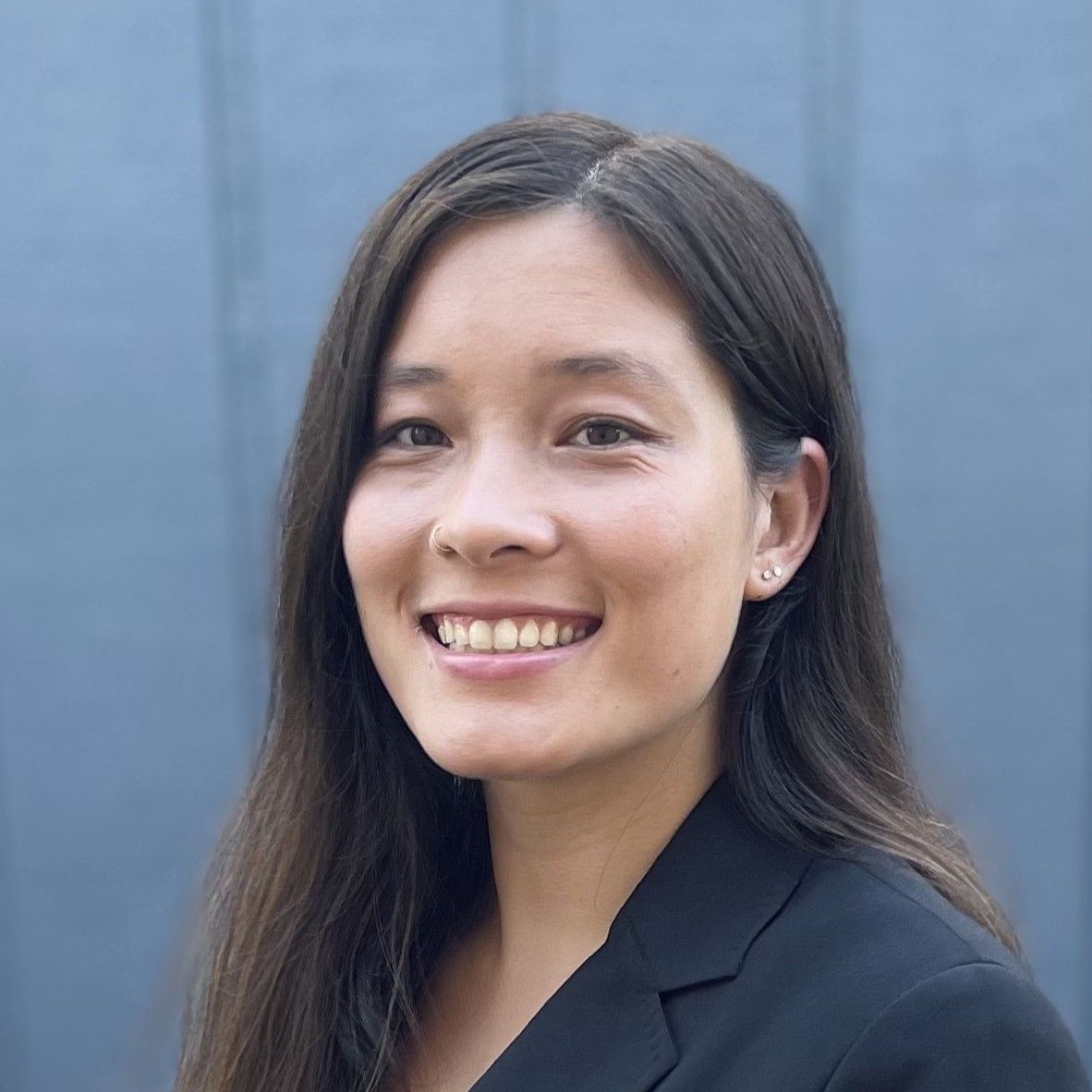
Network Director
My name is Naomi and I am a medical student at Oregon Health & Science University (OHSU). I received my bachelor’s degree from Colorado College where I majored in biology & ecology and minored in environmental issues. After college, I was part of the American India Foundation Banyan Impact Fellowship, where I was placed at the Madras Crocodile Bank Trust in Mahabalipuram, Tamil Nadu. Within APAMSA, I’ve served as a Region 8 Director, National Conference Committee Member, local chapter co-President, and mentor for undergraduate students. I’m also involved with AMWA as an Anne C. Carter Global Health Fellow and AWHS Clinic Grant Subcommittee Student Chair. Outside of school, I volunteer with an adaptive sports program for youth with disabilities. I enjoy traveling, skiing, hiking, playing intramural volleyball, trying new restaurants, and spending time with friends/family.
Melanie Jun, Region 7 Director
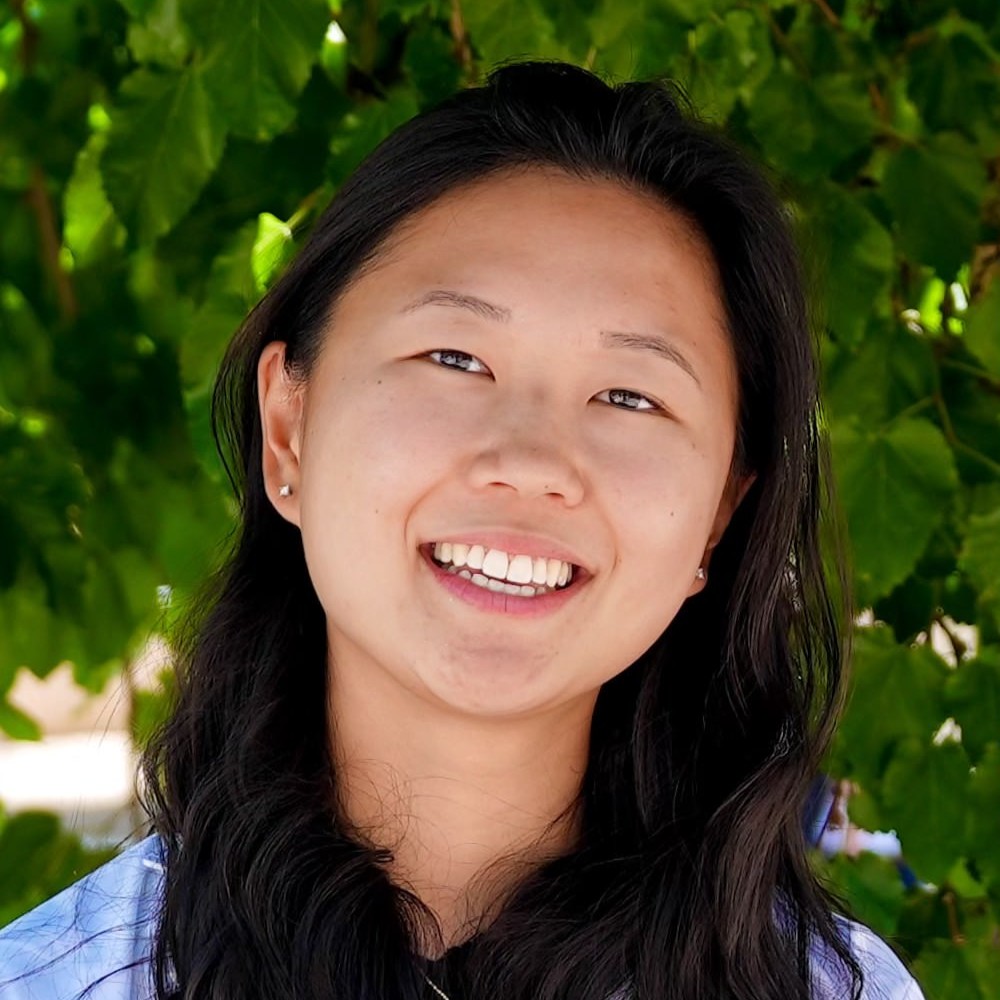
Network Director
Melanie Jun is a medical student at The University of New Mexico School of Medicine, Class of 2027, and was born and raised in Alamogordo, New Mexico. She graduated from The University of New Mexico.
Melanie is dedicated to addressing healthcare disparities and is actively involved in various leadership roles. She currently serves as the Region VII Director for the APAMSA National Board, Membership Branch, and has held positions within her local APAMSA chapter, including President and Secretary. She is also engaged in advocacy and service through the Native Health Initiative, where she mentors in the Healers of Tomorrow Mentorship Program and volunteers with the Adaptive Sports Program in New Mexico.
In addition to her advocacy work, Melanie leads the Family Medicine Interest Group at UNM and participates in the Rural Urban Underserved Program and the Physical Medicine and Rehabilitation Interest Group.
Outside of medicine, Melanie enjoys playing tennis, basketball, ultimate frisbee, and backpacking. She is passionate about improving healthcare access and equity, particularly in rural and underserved communities, and aims to integrate these values into her future career in medicine.
Teresa Anh Tran, Region 7 Director
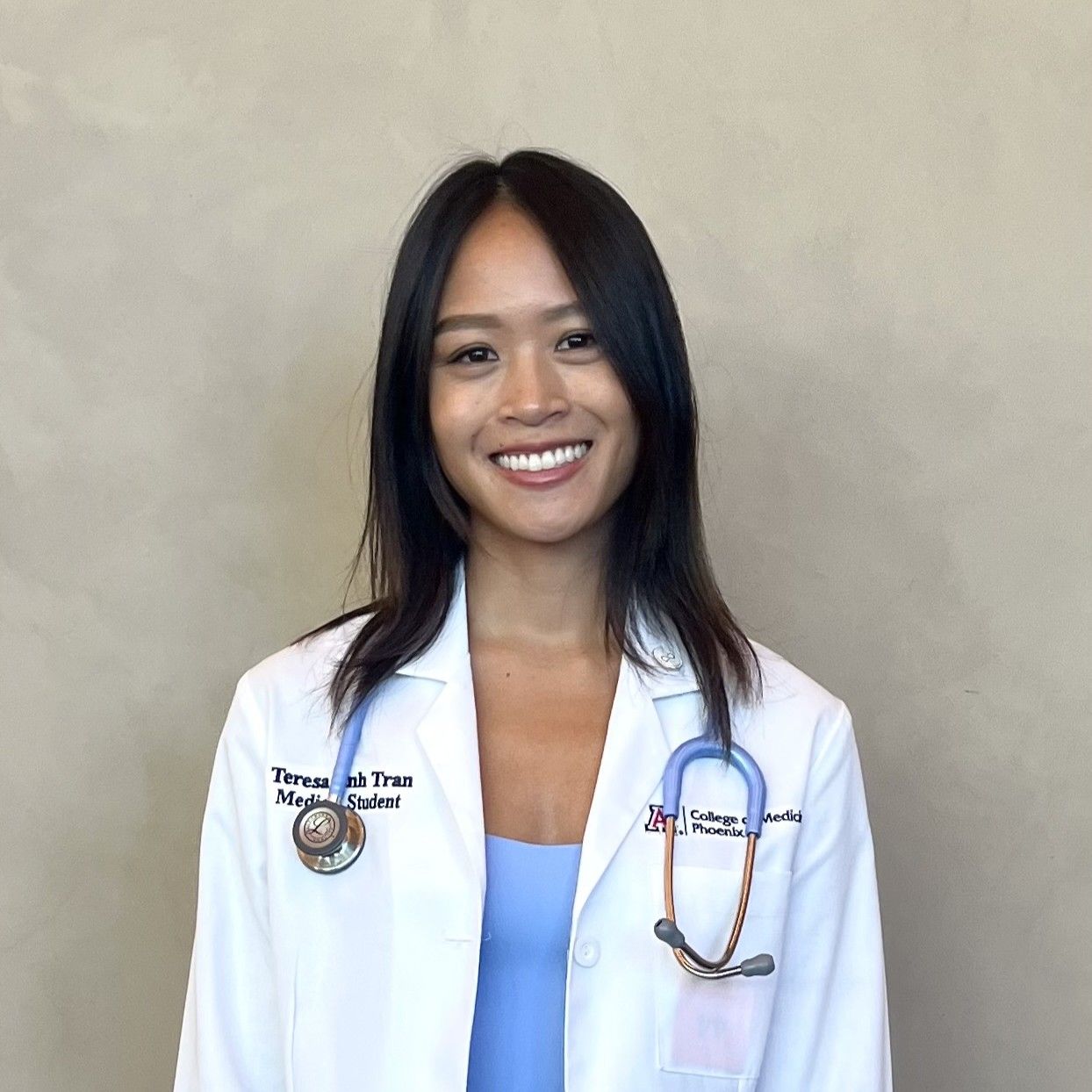
Network Director
Hi everybody! I am currently an MS3 at the University of Arizona College of Medicine – Phoenix. As a previous board member for my local APAMSA chapter, it’s been so rewarding to collaborate with my AANHPI peers in furthering our various APAMSA initiatives. Outside of life as a medical student, I truly have too many hobbies and not enough time. Some current obsessions are gaming with friends, soup, and quality time with my cat. I hope to meet as many of y’all as possible through some fun events and conferences throughout this year as Region VII director!
Carol Chen, Region 7 Director
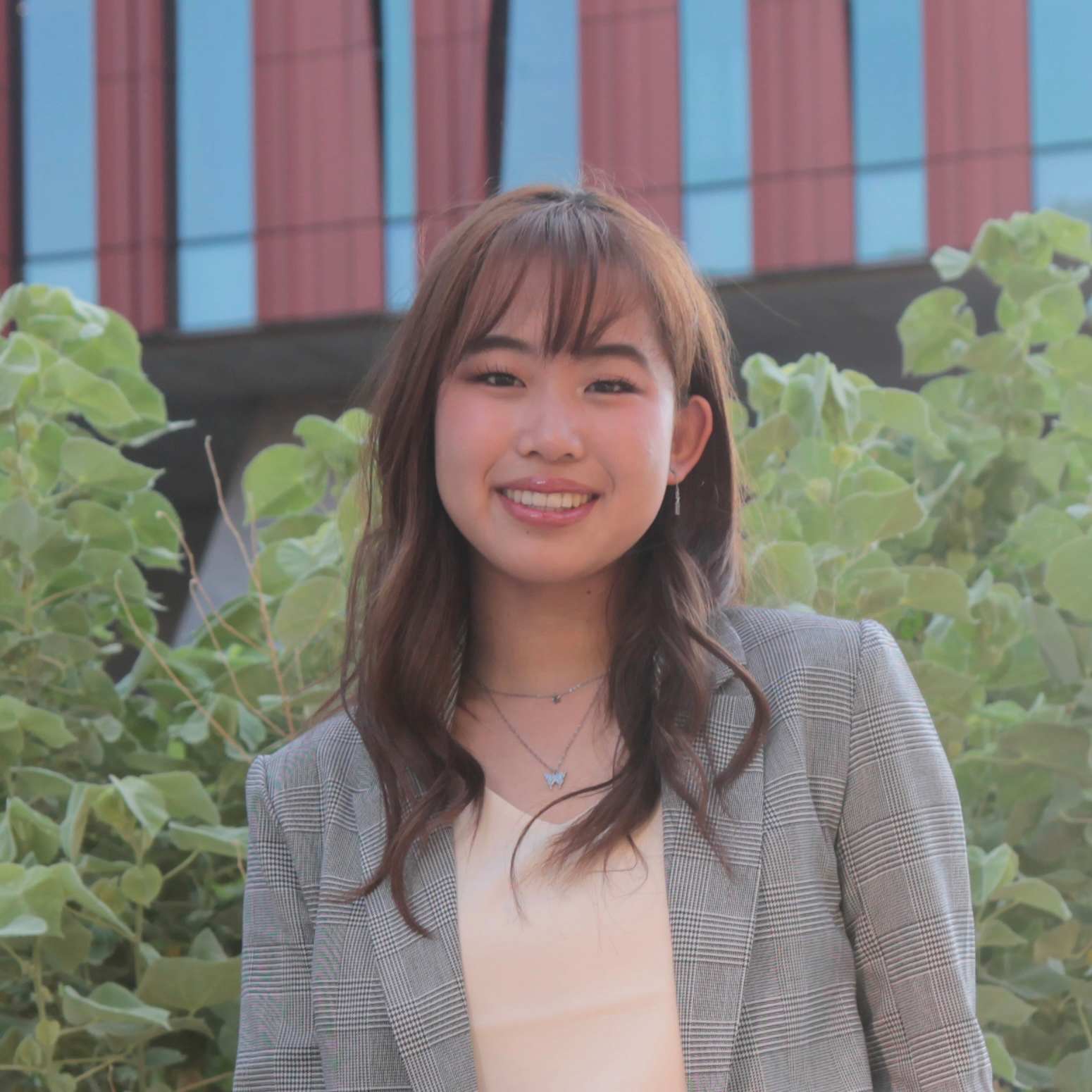
Network Director
The University of Arizona Pre-Health APAMSA chapter has been my second home throughout college, and I truly want to give back to this community that has given me so much. Over the past two years, I have had the privilege of serving on the executive board, starting as an intern and now as the Director of Volunteer Outreach.
I am currently involved in Dr. Ying-Hui Chou’s Brain Imaging and TMS lab, where I work on a study investigating the applications of Transcranial Magnetic Stimulation (TMS) as a diagnostic and therapeutic tool for mild cognitive impairment and Alzheimer’s disease. Additionally, I serve as one of the Co-Director of Internal Outreach for the Asian Pacific American Student Council, advocating for the best interests of the APA community on campus. Outside of school, I enjoy rock climbing, crocheting, baking, traveling, painting, exploring cute cafes and restaurants, and spending time with family and friends.
Having grown up in the Phoenix area and now attending college in Tucson, I have strong ties to many Arizona chapters. Yet, I dream bigger. My goal as your Region VII Director is to strengthen relationships across all chapters in the region so that, together, we can achieve more than any chapter could on its own. I am excited to work with and support each chapter in achieving its goals!
Stephanie Ngo, Region 6 Director
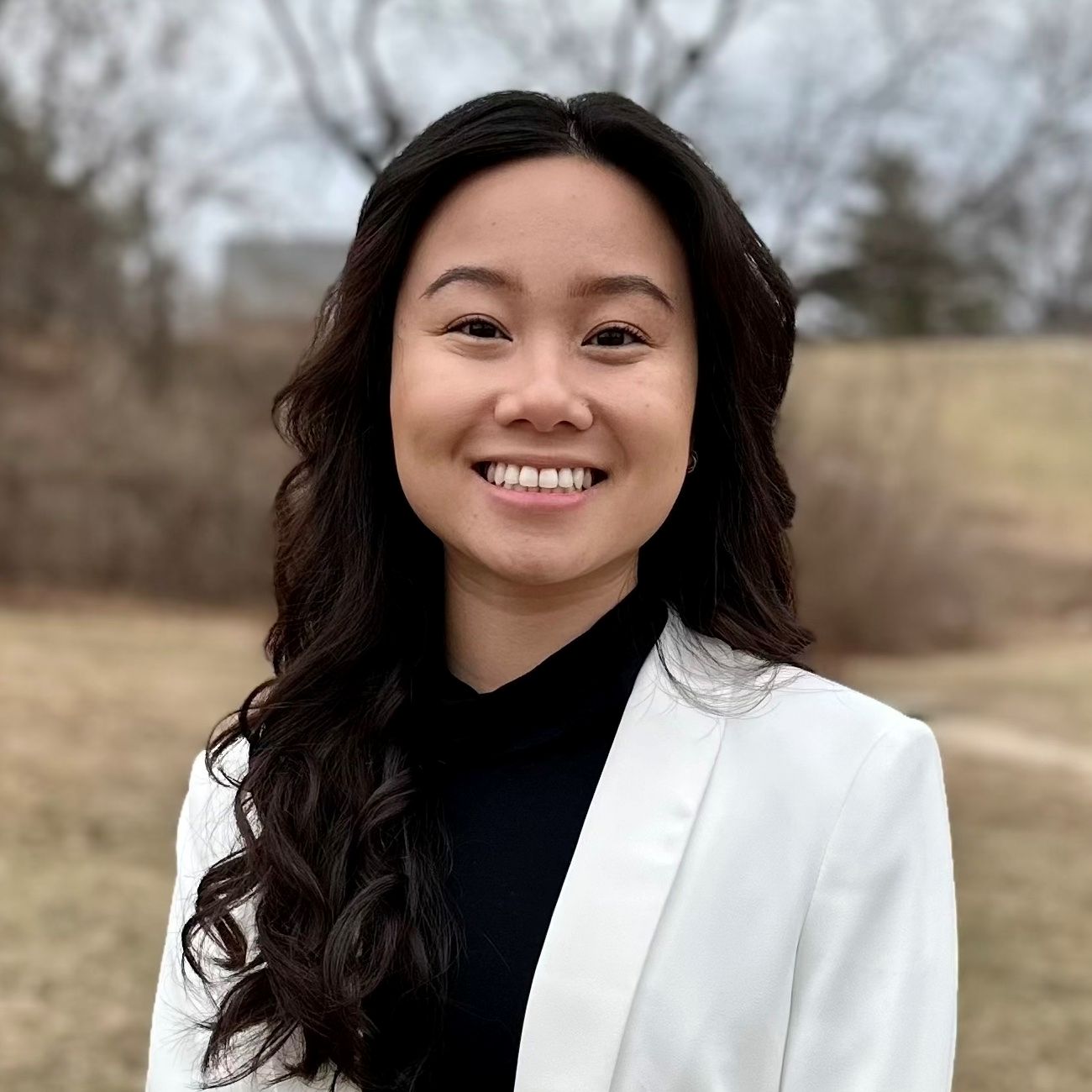
Network Director
I am currently a second-year medical student at the University of Kansas School of Medicine. I graduated from the University of California, San Diego in 2018 with dual bachelor’s degrees in Biochemistry and Psychology in Human Health. Through APAMSA, I hope to be an advocate for underrepresented students in medicine as well as promote awareness on the unique responsibilities and obstacles of medicine within AANHPI communities. Outside of school, I recently picked up sewing – so far I’ve made pouches and bags. I also love playing video/PC games, cooking, and cuddling with my @pupperino.pals! I am excited to work alongside my peers to uphold APAMSA values and ideologies.
Lauren Kang, Region 6 Director
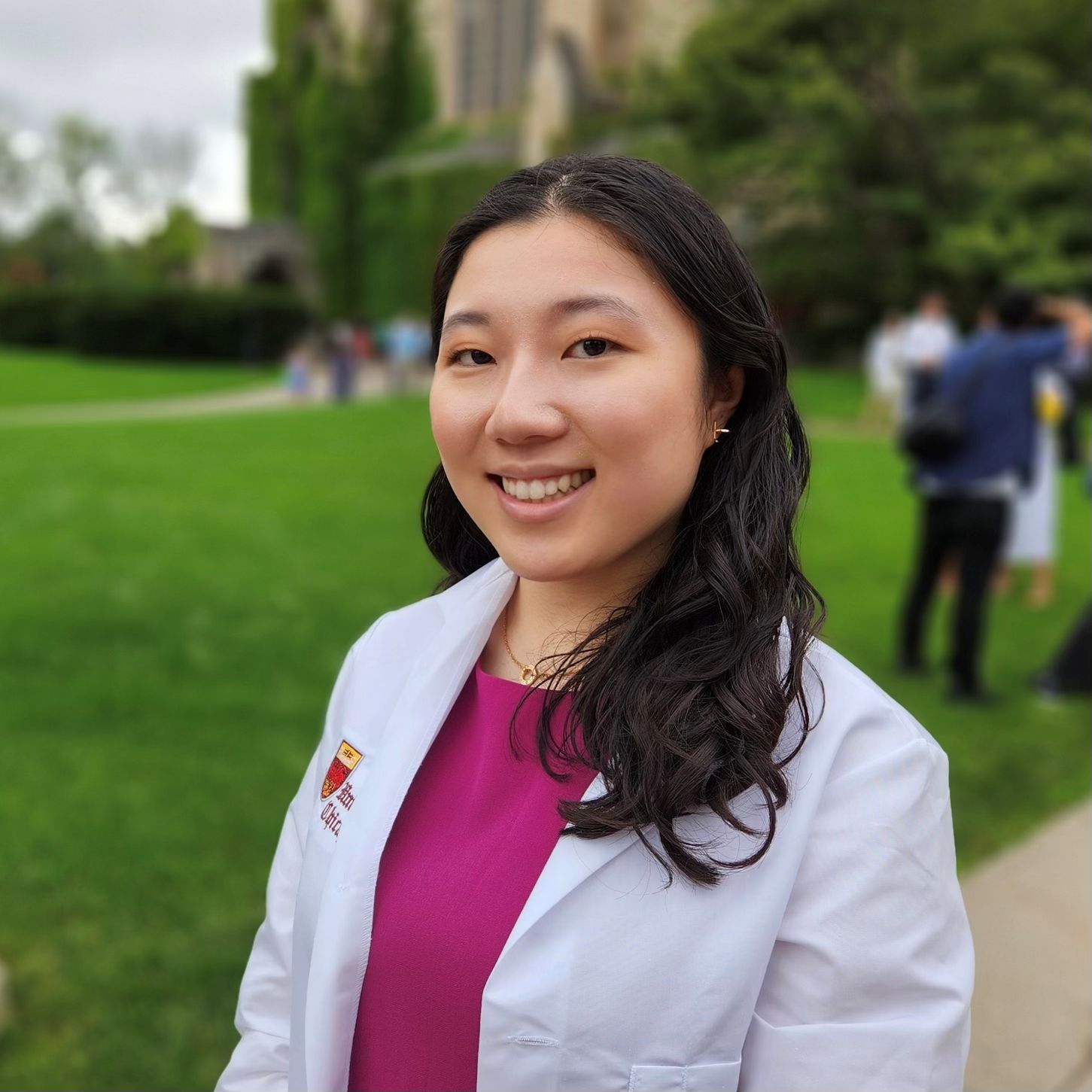
Network Director
Hi! I’m Lauren and I’m an MS2/rising MS3 at the University of Chicago Pritzker School of Medicine. I grew up in Portland, Oregon and went to college at Washington University in St. Louis, where I got my bachelor’s degree in chemistry with a concentration in biochemistry and served as one of the founding board members of their pre-medical APAMSA chapter. Having been both a pre-medical and medical school chapter leader at Region VI institutions, I’m excited and honored to have been entrusted with overseeing the operations of the entire region. APAMSA has given me so much in the way of community, leadership, and personal growth over the years, and I hope I can give just as much back to the organization during my first term on National Board! In my free time, I enjoy reading murder mysteries and teaching Kpop dance, both for UChicago’s Kpop dance organization and occasionally out in the community.In my free time, I enjoy hiking, exploring different cuisines, traveling, playing frisbee and tennis, and embroidery.
Anh Luu, Region 6 Director
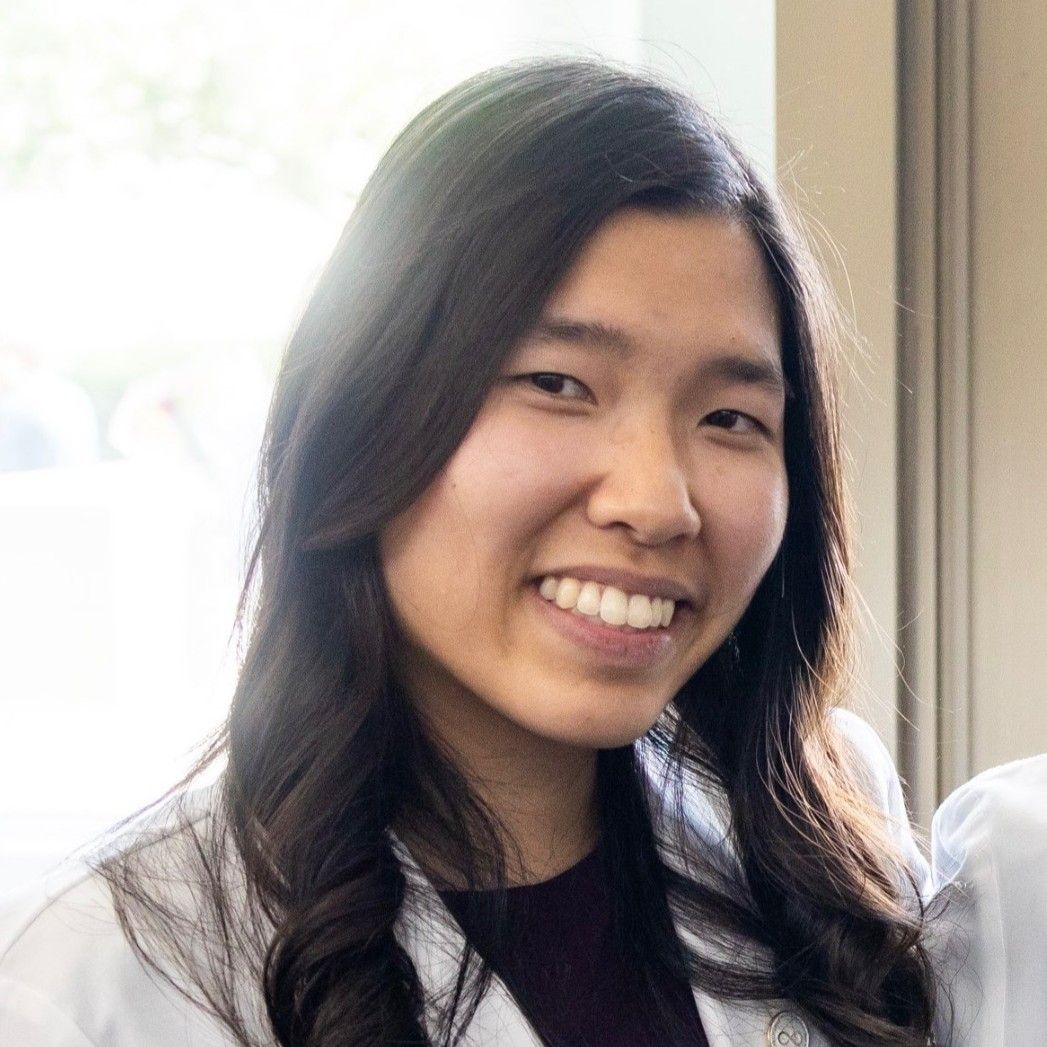
Network Director
Hi! My name is Anh T. Luu, and I am currently a second-year medical student at the University of Missouri-Kansas City School of Medicine. In the summer of 2024, I pursued cardiovascular research on congenital heart disease (CHD) at Stanford, followed by research on the impacts of physical activity on CHD. Currently, I am particularly interested in pediatric radiology and pediatric cardiology.
I was born in Loma Linda, California, and raised in a small town in the Central Valley. Growing up in a rural area, I did not have a large AANHPI community, but since joining APAMSA in 2021, my AANHPI family has grown significantly. I have served as a local chapter Year 1 Representative and Conference Chair, a Community Outreach Subcommittee member, and now the Regional VI Director. This year, I hope to foster meaningful connections between local chapters and their members, bridging gaps in underrepresented AANHPI populations.
In my free time, I enjoy hiking, exploring different cuisines, traveling, playing frisbee and tennis, and embroidery.
Amy Lin, Region 5 Director
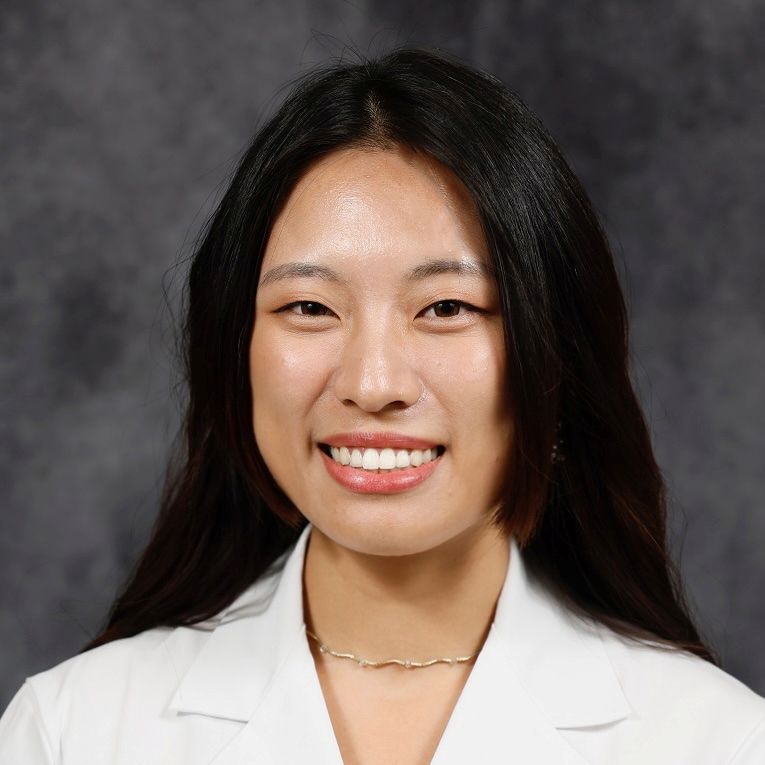
Network Director
Hi! My name is Amy Lin and I am a rising M3 at The Ohio State University College of Medicine. I was born in New York and spent my first few years of life in Fuzhou, China before returning to Ohio. Growing up in a small town, I wasn’t exposed to much diversity, yet my parents kept me in touch with my cultural roots. Therefore, I’ve always tried to find ways to express my cultural identity. Now as a medical student, I am able to integrate my experiences and passion to advocate for the health of the AANHPI community. Outside of school, I enjoy dancing, trying out new recipes, and traveling.